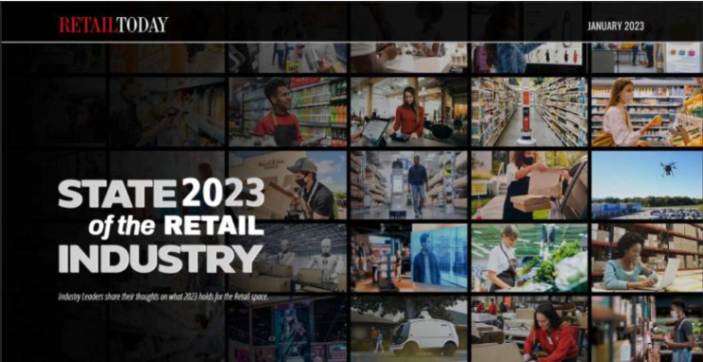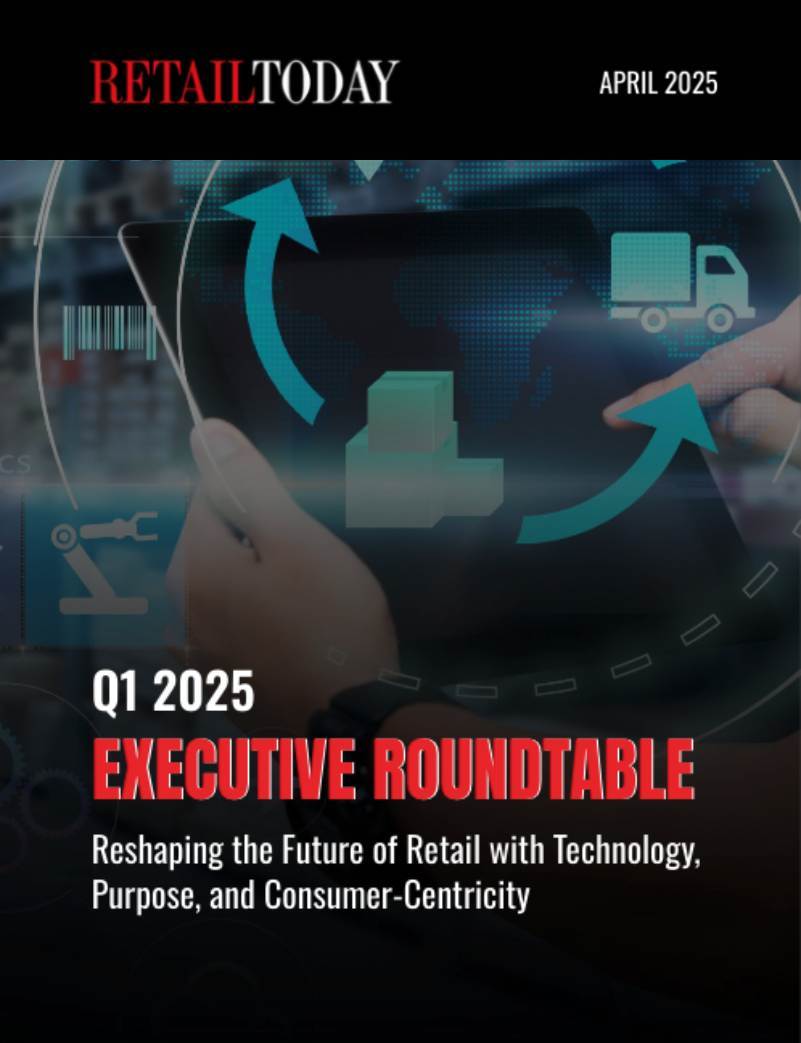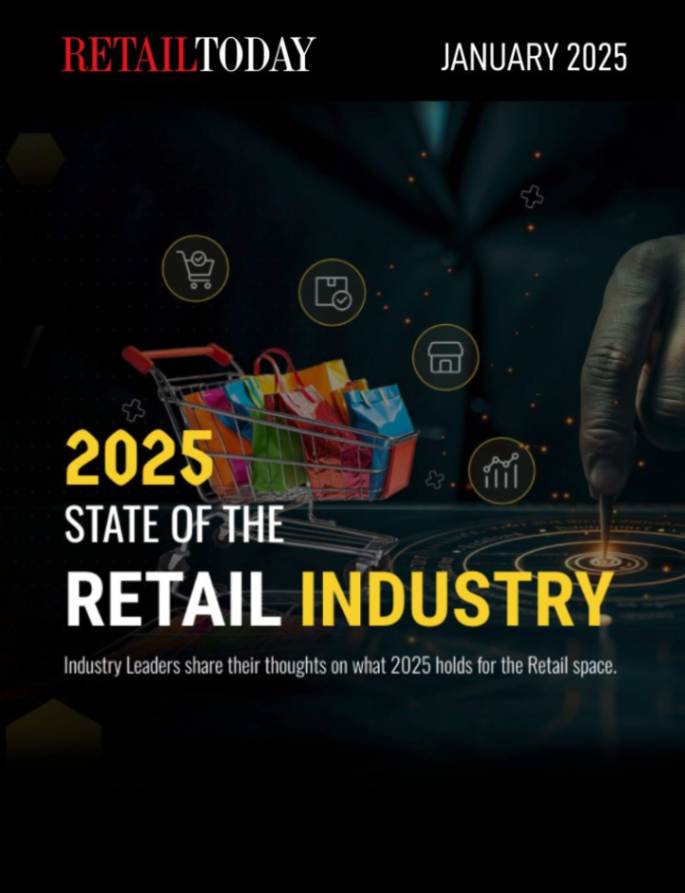
Retailers and consumer packaged goods (CPG) brands are increasingly collaborating to maximize the value of their partnerships, they are now turning to retail media networks (RMN) to utilize first-party data for high-margin advertising. This article discusses the role of customer data platforms (CDPs) in driving RMN and the need for transparent audience targeting in CPG advertising.
Evolution of RMNs
As third-party data sources and data management platforms (DMPs) lose effectiveness, RMN has emerged as the ideal solution, leveraging rich first-party data and sales insights to provide superior targeting and attribution capabilities for CPG partners.
RMNs excel at serving lucrative ads on retailers’ owned properties, with a 90% margin. However, expanding beyond the limited onsite inventory to offsite advertising platforms is challenging.
RMNs serve highly effective and lucrative ads for CPG clients on retailers’ owned and operated properties, such as websites, mobile apps, and emails. With roughly a 80-90% margin, these ads are especially successful when visitors are lower in the sales funnel and searching for specific products or categories. However, the challenge lies in expanding beyond the limited onsite inventory to offsite advertising platforms.
Offsite advertising challenges include:
- Targeting customers with relevant ads across different platforms.
- Meeting CPG brands’ demands for transparency and insights into offsite audience creation and measurement.
- Accurately and securely matching data across platforms while adapting to the changing advertising ecosystem.
The Role of a CDP
A robust CDP foundation is essential for retailers to unify all their customer data across touchpoints and effectively target audiences in their RMNs for CPG advertisers. A crucial component of this foundation is having strong, stable, nimble, and privacy-safe connectors to the paid media ecosystem. These connectors ensure the best match rates at the lowest costs while maintaining compliance with privacy regulations.
With high-quality connectors in place, retailers can seamlessly integrate their first-party data with various advertising platforms, enhancing the effectiveness of offsite advertising campaigns. This connectivity enables retailers to optimize their audience targeting strategies, as they can efficiently reach the desired customer segments on the advertising platforms that deliver the highest return on investment.
Without a solid CDP foundation and reliable connectors, retailers will struggle to extend beyond their onsite inventory limitations and satisfy the demands of CPG brands regarding audience targeting. By investing in a comprehensive CDP solution, retailers can not only achieve better targeting capabilities but also maintain trust and transparency with their CPG partners in an increasingly privacy-conscious world.
The RMN “Nutrition Label”
Just as consumers rely on nutrition labels to understand the ingredients in the food they purchase, CPG brands need transparency in audience targeting for their offsite advertising campaigns. A CDP foundation empowers retailers to provide this “nutrition label” for offsite audience targeting, ensuring that CPG brands have a clear understanding of how their advertising dollars are being spent. If this isn’t transparent then retailers risk sitting on unused advertising inventory.
The Future of Retail
As RMNs continue to grow in popularity, retailers must prioritize a strong CDP foundation to effectively target and serve their CPG advertising partners. By unifying customer data and providing transparency in audience targeting, retailers can unlock the full potential of their retail media networks and drive higher-margin advertising businesses. In the end, the CDP foundation serves as the cornerstone of a successful retail media network, nourishing CPG advertising campaigns with a rich diet of customer insights and data-driven targeting.
Matt Hallett, the head of product solutions at Amperity, has over 20 years of experience as a MarTech & AdTech professional. He previously co-founded and led the product direction at Appature which was later acquired by IMS Health. Matt uses his marketing expertise in CRMs, CDPs, and customer data to help brands improve customer experiences and business outcomes through the scalable collection, management, and use of first-party, second-party, and third-party data.






